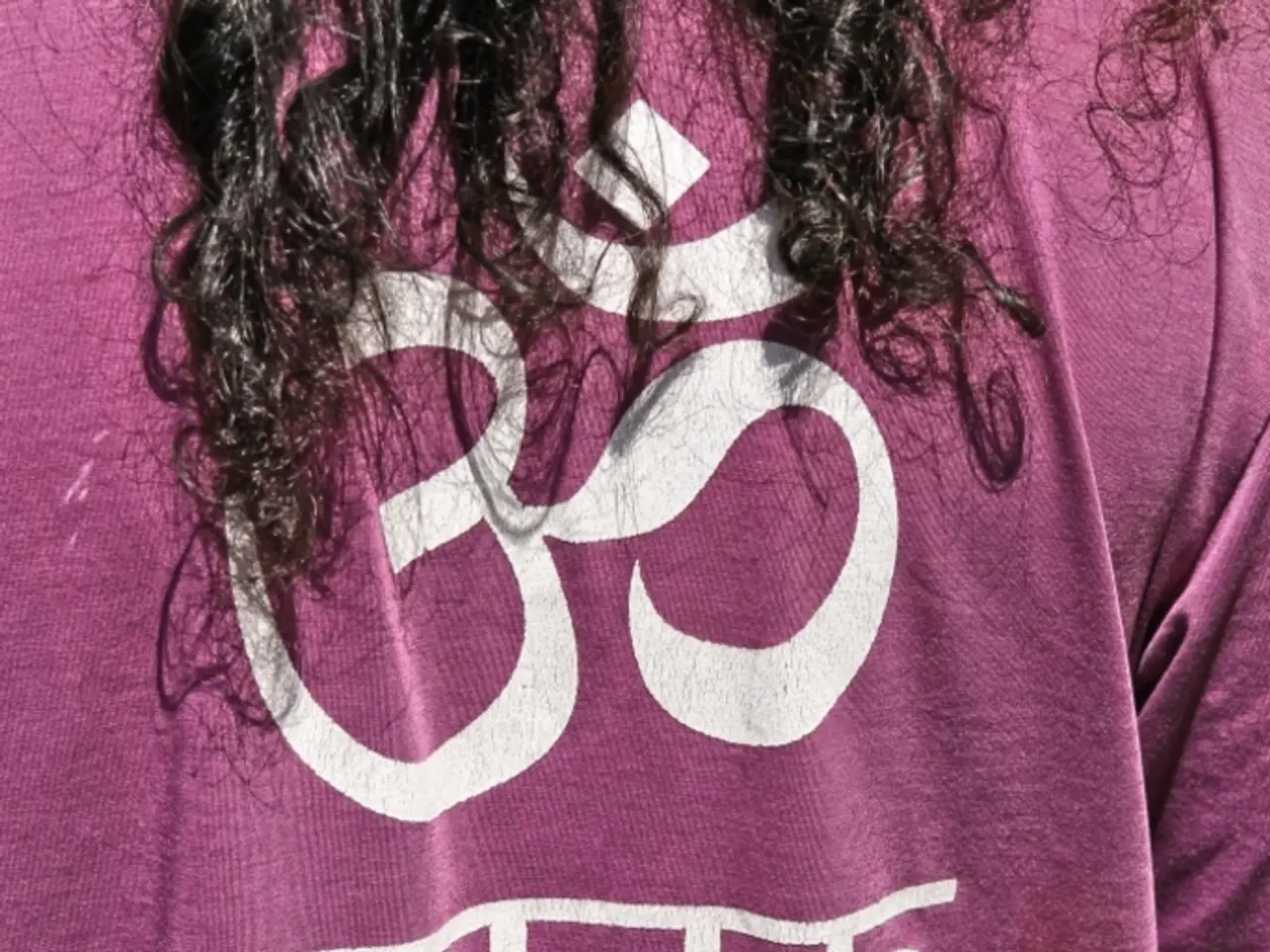Expert-endorsed yoga technique effectively manages migraines.
In the realm of neurological disorders, migraines rank as one of the most disabling conditions, according to the Global Burden of Disease Study. However, there is no cure for migraines, and medication can often be costly and lead to medication over-use headaches. But fear not, for there are effective natural strategies that can help manage migraines, with mindfulness meditation and yoga practices leading the way.
These ancient Indian techniques have been shown to reduce migraine frequency and intensity by lowering stress and calming the nervous system. Regular meditation can decrease migraine days by relaxing body and mind tension, improving sleep, and enhancing bodily awareness, making individuals feel more in control of their health.
Yoga, incorporating stress management and deep-breathing exercises, similarly supports migraine relief by promoting relaxation and reducing bodily tension. By practicing these techniques regularly, individuals can prepare their bodies to react differently when a stressful cue or trigger arises.
Herbal remedies such as feverfew and butterbur, nutritional supplements like magnesium and riboflavin (vitamin B2), and essential oils such as lavender and peppermint can also complement mindfulness and yoga. These natural approaches have shown efficacy in reducing migraine frequency and severity.
For instance, feverfew may inhibit inflammatory substances in the brain, while butterbur root extract works as a preventive. Magnesium and riboflavin support neurological function and have demonstrated benefits in migraine reduction. Essential oils like lavender and peppermint, used topically or by inhalation, can provide immediate symptom relief and reduce migraine occurrence when used regularly.
Other relaxation techniques like progressive muscle relaxation or acupuncture may also contribute to reducing migraine attacks.
In summary, integrating mindfulness meditation and yoga into a routine provides a well-supported, natural, and low-risk approach to managing migraines. These strategies can be combined with herbal supplements and other complementary therapies for a comprehensive natural migraine management plan. Consulting healthcare providers before starting new supplements or therapies is advised to avoid potential interactions.
Moreover, over time, the cumulative effect of mindfulness practice will make it easier to cope with the highs and lows of life, reducing the likelihood of migraine triggers. Recognizing potential migraine triggers in one's day and taking appropriate actions, such as taking a nap instead of exercising when very tired, can help manage migraines.
A new preventative migraine medication called Aimovig has been approved in Europe for adults who have migraines for at least four days a month. Yoga, particularly poses that encourage blood flow to the head, can help ease migraine symptoms. Furthermore, yoga can improve the quality of sleep.
So, the next time a migraine strikes, remember to take a moment, breathe deeply, and perhaps try a few yoga poses. With regular practice, you'll be on your way to a life with fewer migraines and better overall health.
- In the realm of neurological disorders, mindfulness meditation and yoga practices, ancient Indian techniques, have been shown to reduce migraine frequency and intensity by lowering stress and calming the nervous system.
- Regular meditation can decrease migraine days by relaxing body and mind tension, improving sleep, and enhancing bodily awareness, making individuals feel more in control of their health.
- Yoga, incorporating stress management and deep-breathing exercises, similarly supports migraine relief by promoting relaxation and reducing bodily tension.
- Herbal remedies such as feverfew and butterbur, nutritional supplements like magnesium and riboflavin (vitamin B2), and essential oils such as lavender and peppermint can also complement mindfulness and yoga, and have shown efficacy in reducing migraine frequency and severity.




